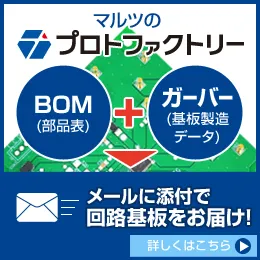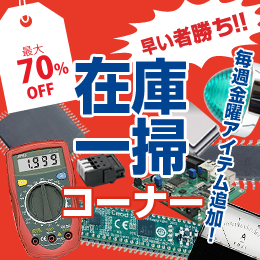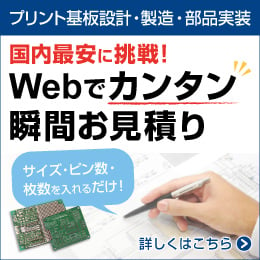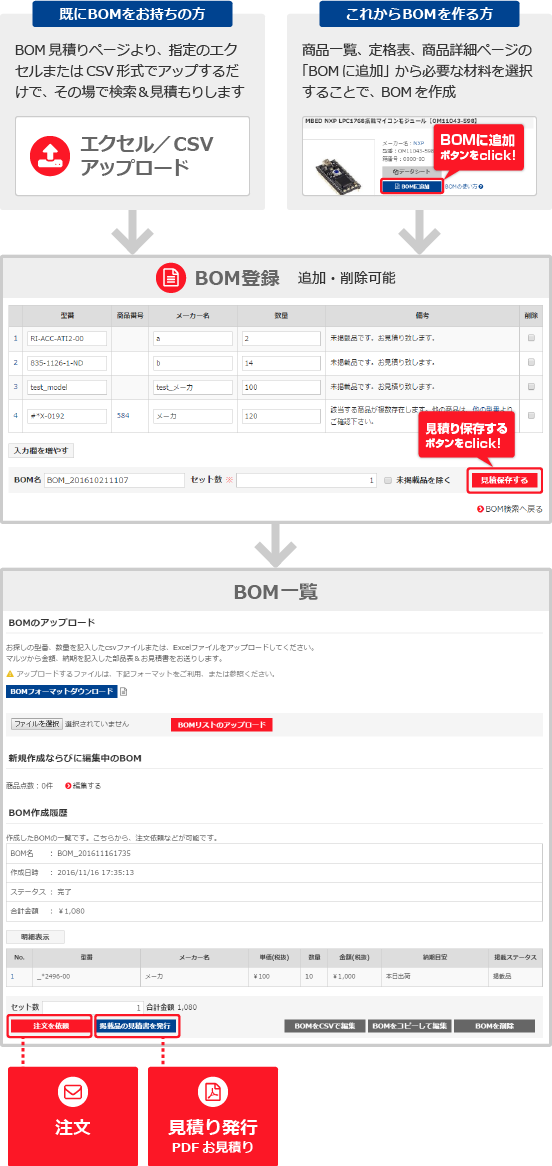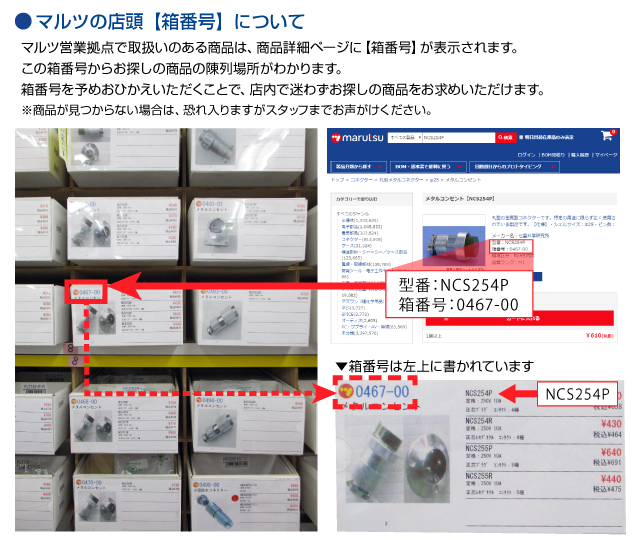●Description
MCP2517FD Click is a compact add-on board representing a complete CAN solution used as a control node in a CAN network. This board features the MCP2517FD and ATA6563, an external CAN FD controller with an SPI interface, and a high-speed CAN transceiver from Microchip. The ATA6563, a low-level physical layer IC (PHY), provides a physical connection with the CAN bus itself, while the CAN controller MCP2517FD represents an interface between the MCU and the PHY. It features three operating modes with dedicated fail-safe features, remote wake-up via CAN, and ideally passive behavior when powered off on the CAN bus. This Click board is suitable for developing a wide range of automotive diagnostic applications, even on MCUs that don't support CAN interface.
MCP2517FD Click is supported by a mikroSDK compliant library, which includes functions that simplify software development.
MCP2517FD Click as its foundation uses the MCP2517FD and ATA6563, an external CAN FD controller with an SPI interface and a high-speed CAN transceiver from Microchip. The ATA6563, a low-level physical layer IC (PHY), provides a physical connection with the CAN bus itself, while the CAN controller MCP2517FD represents an interface between the MCU and the PHY. The role of the CAN controller is to provide arbitration, message framing, message validation, error detection, message filtering, and more. Among all other tasks, it offers formatted CAN data for the application layer, running on the host MCU.
A high-speed CAN transceiver, the ATA6563, provides a physical connection with the CAN bus. It allows communication speed up to 5Mbps, and supports Normal and Standby operational modes. Normal mode is engaged when the STBY pin, routed on the AN pin of the mikroBUS socket, is at the logic low level, while the TXD pin is held to a high logic level. While in the Normal mode, the data can be transmitted and received via the CAN H/L bus lines.
The mode selection can be made by positioning the SMD jumper labeled as STBY to an appropriate position marked as STBY or ON. In Standby mode, if the STBY jumper is set to the STBY position, the user has the option of activating the Standby mode in two ways, where the selection is made by positioning the SMD jumper labeled as STBY SEL to an appropriate position marked as STBY or INT0. This way, the Standby mode can be activated via STBY pin from the mikroBUS socket or by the MCP2517FD interrupt signal IN0 (the IN0 pin can also be used to alert the MCU about the TX events).
The MCP2517FD communicates with MCU using the SPI interface. In addition, the user can connect the external TX/RX signals to the CAN FD transceiver and CAN bus signals directly through the onboard headers on the right and left sides of the board. This Click board comes equipped with the standard DB-9 connector, making interfacing with the CAN bus simple and easy.
In addition, this Click board also uses several pins of the mikroBUS socket. The CLKO pin from the MCP2517FD routed to the PWM pin of the mikroBUS socket can be used to provide the clock output for the host MCU. It is derived from the input clock generated by the onboard chip oscillators, where the onboard SMD jumpers allow frequency selection between 20MHz and 40MHz. Besides, it also uses two interrupt pins, INT and INT1 routed to the INT and RX pins of the mikroBUS socket, respectively. While the INT pin is always an interrupt pin, used to alert the MCU of the enabled interrupt event, the INT1 pin alert the MCU about the RX events (if these interrupts are enabled).
This Click board can operate with both 3.3V and 5V logic voltage levels selected via the VIO SEL jumper. This way, it is allowed for both 3.3V and 5V capable MCUs to use the communication lines properly. However, the Click board comes equipped with a library containing easy-to-use functions and an example code that can be used, as a reference, for further development.
●Features
・Interface: GPIO, PWM, SPI
・Compatibility: mikroBUS
・Dimensions: 57.15 x 25.4mm
・Input Voltage: 3.3V or 5V
・Data Rate: 5 mbps
・Operating Temperature Range: Min. -40℃, Typ. +25℃, Max. +120℃












